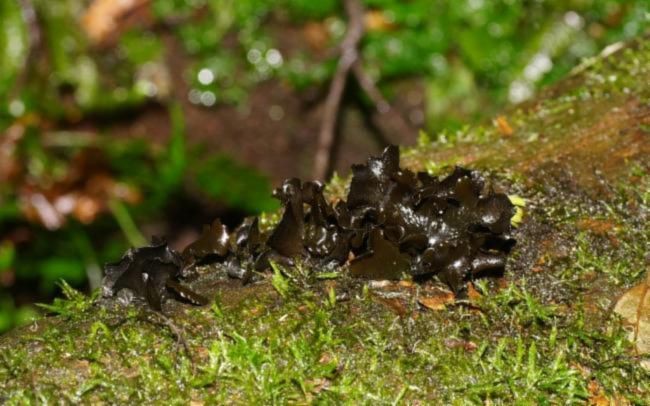Cordierites
Scientific name: Cordierites
Cordierites
Scientific name: Cordierites
 Photo By Reiner Richter , used under CC-BY /Cropped and compressed from original
Photo By Reiner Richter , used under CC-BY /Cropped and compressed from original Description
Cordierites is a group of cup-shaped fungi found on dead wood. They are known for their distinctive blue or purple coloration, which can vary in intensity. These fungi play a role in wood decomposition and are often spotted in forests. Some species within this group form fruit bodies that can persist for several years, gradually expanding over time.